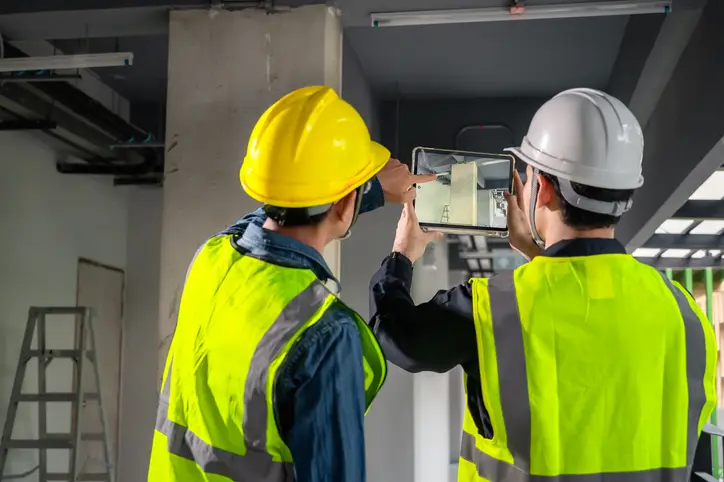
Overcoming Challenges in LED Retrofit Projects: Best Practices for ESCOs
LED retrofits are a cornerstone of modern energy efficiency projects, offering significant savings and environmental benefits. However, the process of upgrading existing lighting systems to LEDs can present various challenges for Energy Service Companies (ESCOs) and contractors. From dealing with outdated infrastructure to managing client expectations, successful LED retrofit projects require careful planning and execution. In this post, we’ll explore the common challenges faced during LED retrofits and provide best practices for overcoming them.
Challenge 1: Assessing and Upgrading Outdated Infrastructure: One of the first challenges in any LED retrofit project is assessing the existing infrastructure. Older buildings and facilities may have outdated wiring, fixtures, and control systems that are incompatible with modern LED technology. ESCOs and contractors must conduct thorough site assessments to identify potential issues and determine the scope of the upgrade.
Best Practice: Begin with a comprehensive audit of the existing lighting system. This audit should include an evaluation of the electrical infrastructure, fixture compatibility, and potential energy savings. Based on the findings, develop a detailed project plan that outlines the necessary upgrades and any additional work required to ensure compatibility with LED technology.
Challenge 2: Ensuring Proper Installation and Compatibility: Proper installation is critical to the success of an LED retrofit project. Incorrect installation can lead to issues such as flickering, poor light quality, or reduced fixture lifespan. Additionally, ensuring that the new LED fixtures are compatible with existing dimming systems and controls is essential for achieving the desired performance.
Best Practice: Work with experienced installers who are familiar with LED technology and its specific requirements. Provide training if necessary to ensure that the installation team understands the nuances of LED lighting. Additionally, test the compatibility of LED fixtures with existing dimming systems before full-scale installation to avoid potential issues.
Challenge 3: Managing Client Expectations: Clients may have high expectations for the immediate benefits of an LED retrofit, such as instant energy savings and improved light quality. However, some benefits, such as long-term cost savings and extended fixture lifespan, may not be immediately apparent. Managing these expectations is crucial for maintaining client satisfaction.
Best Practice: Communicate clearly with clients about the benefits and timeline of the LED retrofit project. Provide data and case studies that demonstrate the long-term value of LED lighting, including energy savings, maintenance reduction, and improved light quality. Set realistic expectations for the project’s impact and timeline, and keep clients informed throughout the process.
Challenge 4: Navigating Regulatory Requirements and Securing Incentives: LED retrofit projects often involve navigating a complex landscape of regulatory requirements, building codes, and energy efficiency standards. Additionally, securing incentives or rebates can significantly offset the initial cost of the retrofit, but this process can be time-consuming and require extensive documentation.
Best Practice: Stay informed about the latest regulatory requirements and incentive programs in your region. Work closely with local authorities and utility companies to ensure compliance and take full advantage of available incentives. Consider partnering with experts or consultants who specialize in navigating these processes to streamline the project.
LED retrofit projects offer substantial benefits, but they also come with challenges that require careful planning and expertise. By following best practices, ESCOs and contractors can overcome these challenges and deliver successful retrofits that meet client expectations, comply with regulations, and provide long-term energy savings. As the demand for energy-efficient solutions continues to rise, mastering the art of LED retrofits will be key to staying competitive in the industry.


